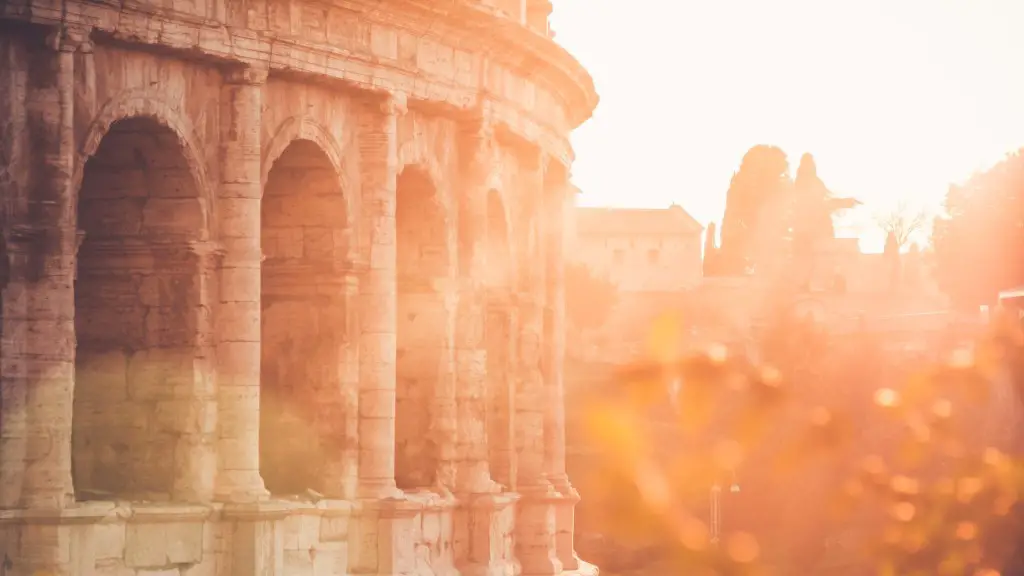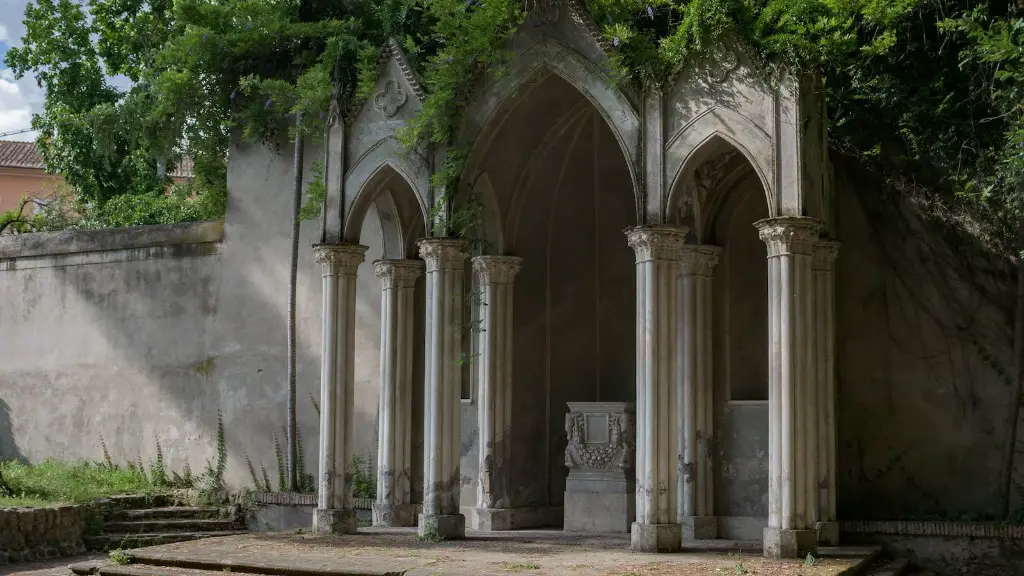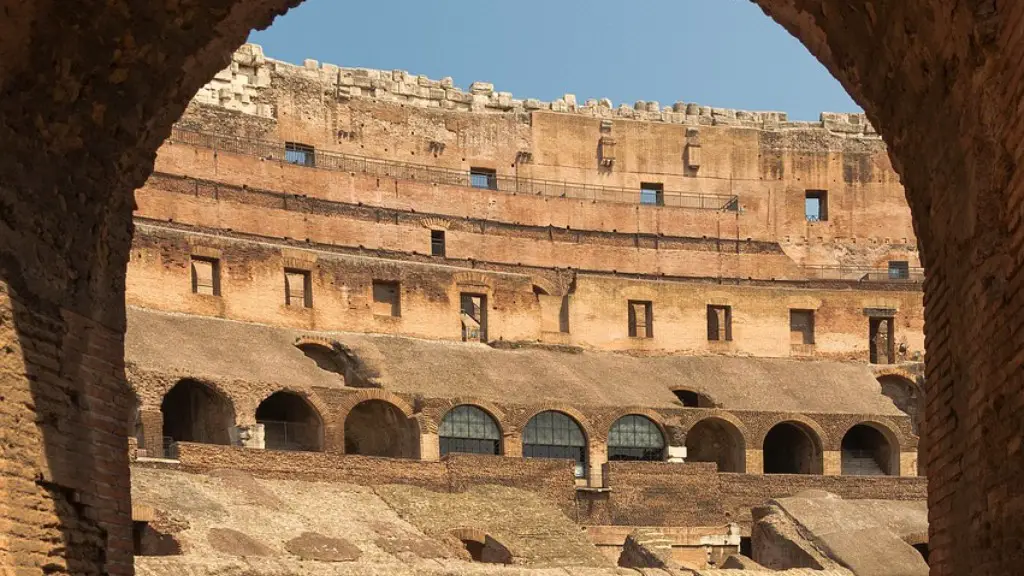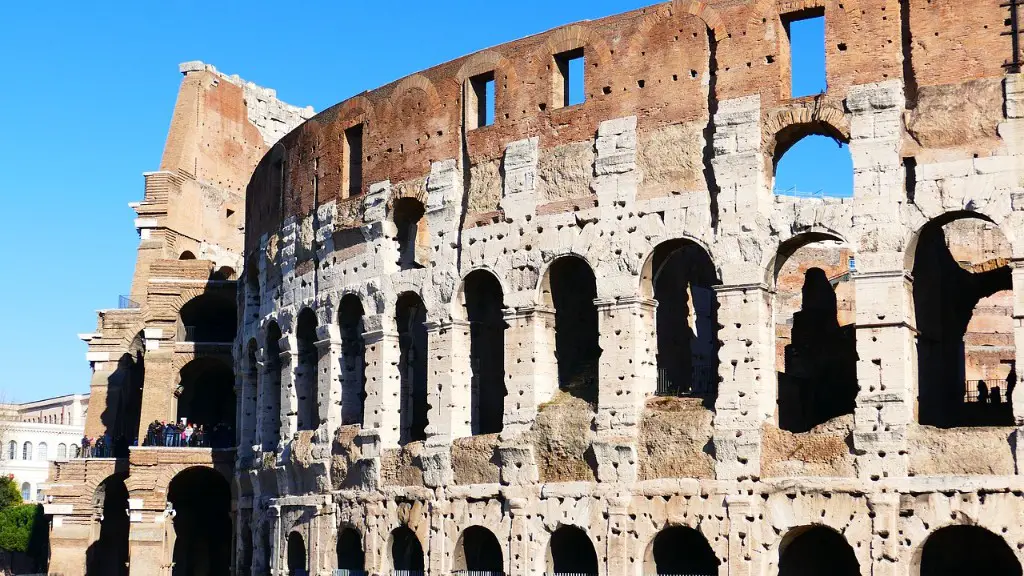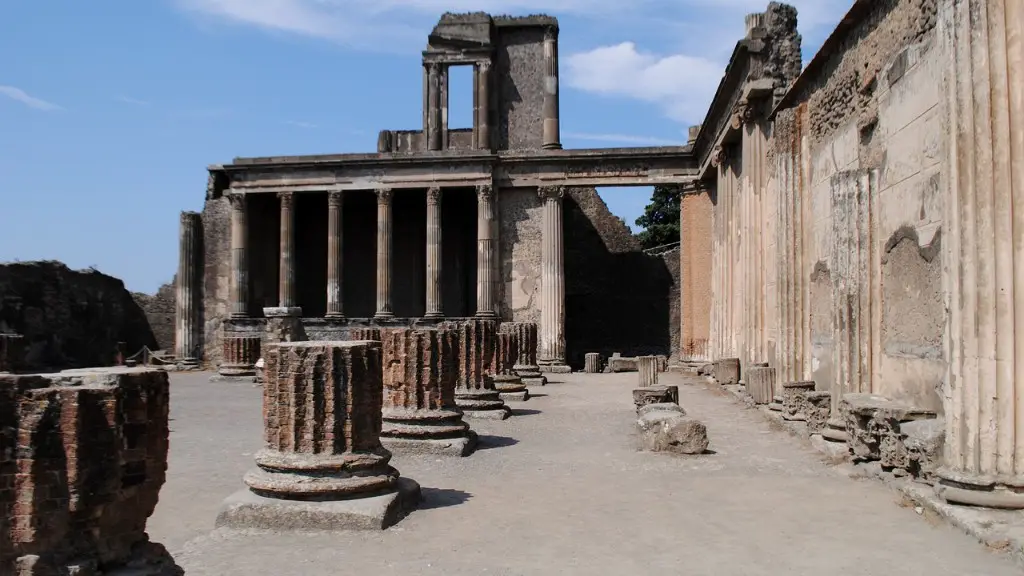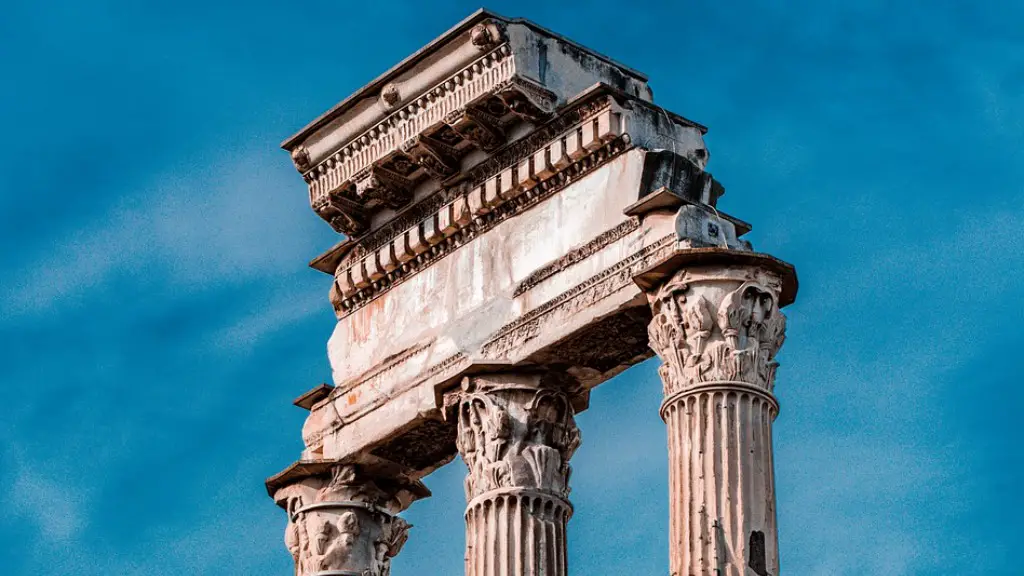Though Ancient Rome appears to be a distant memory, people still remain interested in understanding the ways the Romans conducted their daily lives. Artifacts found in tombs, statues, jewelry and coins, all provide insight into the lives of the Romans and one of their important activities: management of their finances. Recent archaeological discoveries provide evidence of how they stored, gained and managed their wealth, but where did they keep their money?
Experts suggest that Ancient Romans used a variety of storage options, from leather pouches to banks. Coinage was one of the main ways to store wealth; small leather bags, also known as ‘portable purses’, were made for easier transportation of coins. During the Roman Republic, coins were stored in a variety of bags; such as, wallets, boxes and baskets made from leather, linen and wax. However, these containers were not securely locked and thus there was always a risk of theft.
Archaeologists have uncovered a variety of items in tombs from the Roman era, which suggest that Romans, who were wealthy or held important positions, buried their money with them. Such artifacts include coins and jewelry, which provided evidence that, at least among the wealthy, that hoarding was practiced and kept private. It is likely, however, that the middle and lower classes relied upon banks and savings houses.
The Bank of Rome was established even before Caesar’s time and allowed Romans the ability to deposit and withdraw funds. Wealthy Romans still had their own personal banks in their houses, known as ‘argentariae’. People at all levels of society kept their money in banks, where it was relatively safe from theft, but more importantly, it was aloof from government levy. Emperor Augustus also established his own bank, the ‘aerarium’, which was used to store the state treasury and allowed citizens to deposit funds that would go towards the state’s welfare.
Roman bankers were known to give loans in the form of money or commodities such as grain or wine, in exchange for a fee or a promise of stock from future harvests. It has been said that Octavian Augustus passed a law that made Roman bankers liable for any missed payments or fraud. This law meant that Roman bankers had to be careful and retain trust in their customers.
It seems that Ancient Romans used a variety of methods to store their money. Coins were often stored in leather bags, while the wealthy stored it in tombs to keep it private. The middle and lower classes resorted to banks to ensure security of their funds while they were away. Various accounts suggest that state-sponsored banks were quite common, with even the emperor establishing one. While secured personal banking was available, loans were also given by banks. So, it appears that Ancient Romans kept their money with a combination of convenience and safety.
Clothing
The clothing of Ancient Romans was a reflection of their social rank, depicting not only their wealth and class but also the lifestyle they led. Rome was an expansive empire and the clothing of the people from different regions varied, but the focal point of the garments was their practicality. The elite class wore garments of finer material and intricate patterns, while those from lower classes wore coarse fabrics in simpler designs.
Clothing in Ancient Rome served primarily utilitarian purposes and was made from natural resources available such as wool, cotton, silk and linen. Silk was imported from countries such as Persia and India, making it a highly sought-after and expensive material that only the wealthy could afford. Wool was treated with castor oil, beeswax and oak-apple juice which gave it a water-resistant property and meant it was widely used even among peasants.
A tunic was the most common type of clothing worn by both men and women and was made up of two pieces of rectangles stitched together. It was worn as an inner and outer garment and was often accompanied by a belt. Clothes were mostly made at home, but there were professional tailors who provided tailoring and alterations for those who could afford it.
The clothing of Ancient Rome is reflective of the culture and society of that time. Roman clothing didn’t just serve as a covering for the body; it served to display social rank and identity, convey messages and meanings, and provide protection from the climate. While their clothing was simple, it played an important role in their lives.
Architecture
The Ancient Romans had a unique and innovative approach to architecture, utilizing a range of materials and techniques that laid the foundations for modern architecture. Monumental structures like the Colosseum and Pantheon, as well as public amenities like aqueducts and public baths, were all examples of Ancient Roman architecture that still remain today.
The Romans were also excellent engineers, using concrete and arches to build structures that could withstand the passage of time. The arch, in particular, was a breakthrough for Ancient Roman architecture, as it allowed for the construction of bridges, arches, vaults, and other structures. The Colosseum, for example, is an iconic example of Ancient Roman architecture and was built using concrete, stone and marble.
In addition to the materials employed, Ancient Roman architecture also demonstrated a mastery of proportions and design principles. The Romans liked to keep their designs symmetrical, and they also paid close attention to scale, using large columns and impressive arches to create a sense of grandeur and awe.
Ancient Roman architecture has had a lasting impact on the world, and even today, many structures are inspired or influenced by its design principles. The Colosseum, for instance, is an iconic example of Ancient Rome’s architectural prowess and an inspiration for modern structures worldwide.
Rituals
Rituals were an important part of life in Ancient Rome, as religion was a central element of daily life. The rites of many Roman gods and goddesses, for example, would be performed at regular intervals, to ensure the peace and prosperity of the empire.
The Roman state had its own religious rituals, many of which revolved around the worship of the Emperor; for example, physical processions, ceremonious banquets, and sacrifices of animals and even humans, in honor of the Emperor’s power. On the other hand, cults focused on smaller gods and goddesses, and typically involved processions, feasts, games, and sacrifices.
The religious rituals were often intertwined with civic events. Games were a popular pastime in Ancient Rome and were often held in conjunction with festivals dedicated to gods and goddesses. Gladiator fights were also often part of these celebrations. Festivals were commonly held to celebrate the harvests and wins in military conflicts. Birthdays of gods and goddesses were also celebrated, often with music and singing.
The rituals of the Ancient Romans are an important part of their culture and history. Even today, elements of the Roman rituals can be seen in various religions and cultures worldwide, giving us a rich glimpse into the life of Ancient Rome.
Food
Food was an important part of Ancient Roman life, and the cuisine of the time was diverse, rich, and often luxurious. The primary source of sustenance for the Roman people was grains, such as wheat and barley, and legumes like lentils and fava beans. Other sources of nutrition included fruits and vegetables, pork, lamb, beef, and fish. Food was cooked in a variety of ways, including roasting, boiling, and baking.
Ancient Roman cuisine was influenced by cultures from throughout the empire, resulting in the adoption of many exotic flavors. As with the cuisine of many cultures of the time, Ancient Roman food was often heavily seasoned, using herbs and spices such as pepper and cinnamon. The Ancient Romans were also adept at preserving food, using techniques such as freezing, pickling, and salting.
Despite the wealth of the Roman Empire, few people were able to actually indulge in lavish meals, as the majority of the population was on the brink of poverty. Elites, on the other hand, were able to indulge in extravagant feasts, utilizing rare ingredients from all across the empire.
The cuisine of Ancient Rome reflects the diverse society of its time. Even today, many of the techniques employed by the Romans remain in use, and their flavors can be found in modern-day dishes from cultures around the world.
Entertainment
The Ancient Romans had an array of entertainments at their disposal, ranging from sporting events to plays and concerts. One of the most iconic forms of Ancient Roman entertainment was the gladiator fights, which were popular among the soldier and civilian classes alike. Popular sports included chariot racing, horse riding, board games such as Chess and racing.
Ancient Roman theatres were also home to musical performances and plays, featuring famous actors and comedians. Roman authors of the time were also famous, often writing to entertain the masses. Musicians, painters and performers were also popular, and often associated with the wealthy elite of the Roman Empire.
Another form of entertainment was chariot racing, which was popular among Romans of all ages. This form of entertainment was often funded and sponsored by wealthy individuals, who used it as an opportunity to gain popularity and influence among the people.
The Ancient Romans had a variety of forms of entertainment at their disposal. From the concerts and plays of the theatres to the gladiator fights on the Colosseum, they were able to enjoy a wide range of activities. Even today, elements of Ancient Roman entertainment can be seen in modern-day sports, theatre and music.
